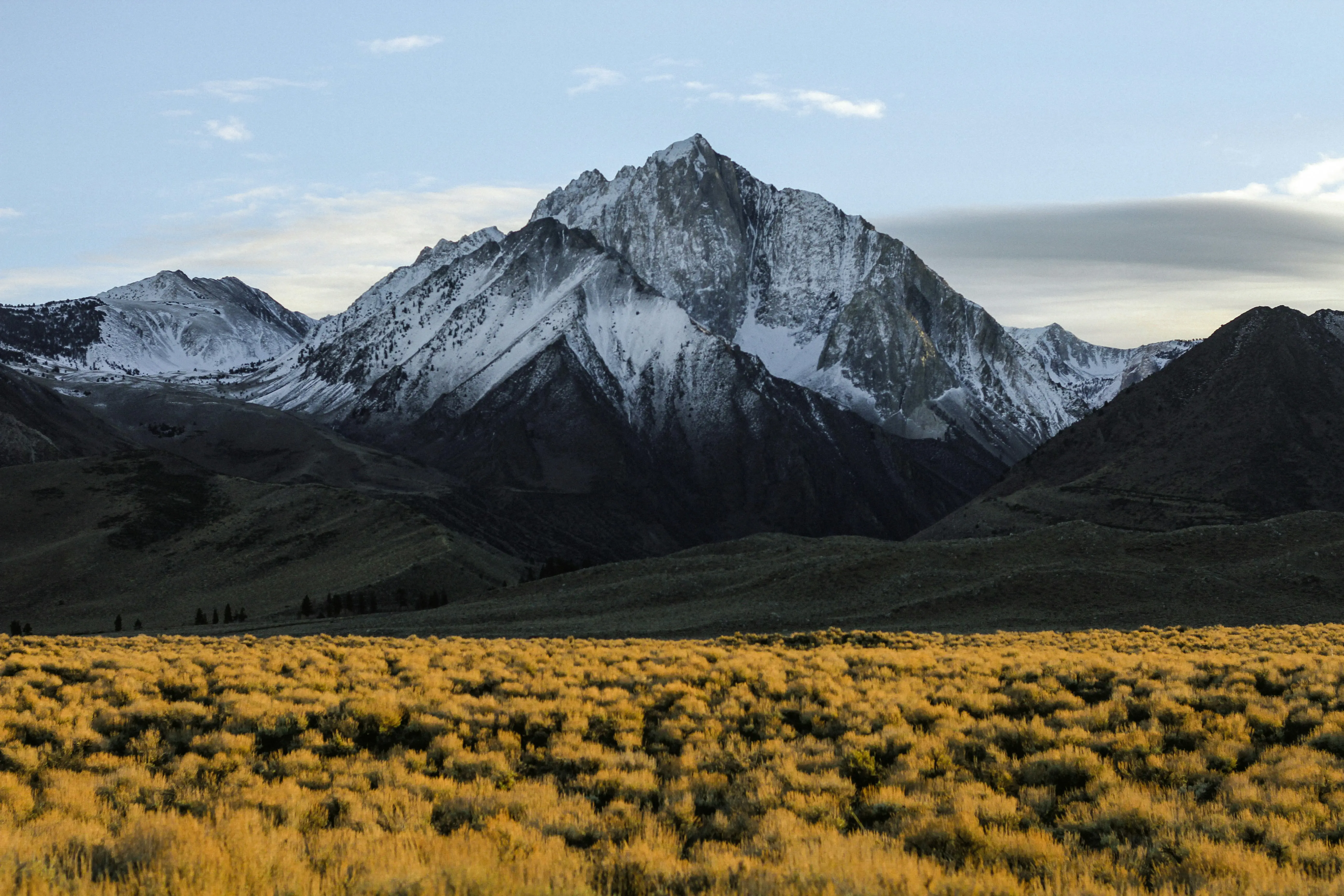Unveiling Earth's Natural CO2 Vacuum: A Unified Approach

Earth's natural processes are hard at work, acting as CO2 vacuum cleaners, removing carbon dioxide from the atmosphere. These processes occur across diverse environments, from towering mountain summits to the ocean's depths. Until now, scientists have studied these mechanisms in isolation, often missing the bigger picture of how they interact.
An international team of earth scientists is now advocating for a comprehensive approach to understand these interactions. They propose a unified framework called the weathering continuum, which aims to illuminate the factors controlling the natural removal of atmospheric CO2. This understanding could pave the way for developing techniques to enhance these natural processes.
Weathering, the wearing away of rocks by elements like wind and water, involves chemical reactions that transform rocks into soils and muds. This process plays a vital role in the natural storage of CO2, either in the ground or the ocean. Interestingly, the efficiency of these natural CO2 vacuums has fluctuated significantly over geological history, leaving scientists puzzled for over a century.
The team's integrated vision offers a more complete understanding of what regulates and influences these natural processes. It highlights the importance of considering both the type of rock and the chemical reactions involved in weathering. By doing so, researchers can better predict how CO2 is naturally absorbed and stored in various environments.
This new perspective could be instrumental in combating climate change. By enhancing our understanding of these natural mechanisms, we might develop methods to amplify their efficiency, providing a valuable tool in our efforts to reduce atmospheric CO2 levels.